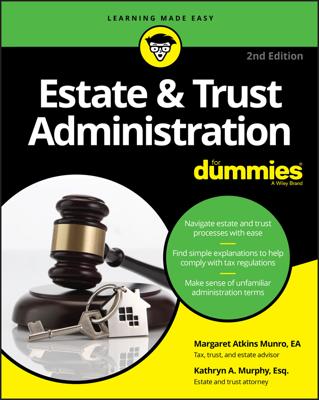Every trust must have a fiduciary, in this case, a trustee, to administer the trust assets. The two major types of trustees are independent trustees and family trustees. In general, both independent trustees and family trustees assume responsibility to invest the trust’s assets. Both kinds of trustees must also balance the desires of the trust’s creator—the grantor or settlor—with the needs of the beneficiary, the one who receives the income from the trust’s assets.
In addition, the trustee should consider the wants of the remainderman, the one who receives what’s left of the trust’s assets after the trust period ends. Administering a trust may sound daunting, but when done properly, everyone should go home happy.
Grantor and settlor are both terms that refer to the creator of the trust.
Because balancing people’s competing interests can be complicated, many grantors choose two or more individuals and/or corporations to act together as co-trustees. Often, the grantor will assign general powers to all trustees and sometimes specific additional powers to certain trustees.
Independent trustees: objective decision-makers for the trust
Independent trustees, or fiduciaries who aren’t named in the trust as either grantor, beneficiary, or remaindermen, can be important for a trust to run smoothly. Whether they’re trusted friends of the grantor or are banks, trust companies, lawyers, or accountants, independent trustees owe their primary allegiance to the grantor. The grantor relies on independent trustees to make decisions that best serve the interest of the trust, rather than that of any beneficiary or remainderman.
Frequently, grantors direct an independent trustee to make all decisions regarding discretionary distributions to beneficiaries, especially if one of the trust beneficiaries is also a trustee.
No independent trustee assumes the responsibilities lightly. As a result, expect to pay for their services, unless the independent trustee is a close friend of the grantor, who may be willing to perform this service out of long friendship and the goodness of her heart.
Trusts that mandate an independent trustee typically also include a line of succession so that if one trustee is no longer able to act, another is in line to take his or her place. If the trust requires an independent trustee, make sure that any vacancies are filled promptly, because it’s next to impossible for the trust to function efficiently without one in place.
Family trustees: decision-makers who know beneficiaries and remaindermen well
Trust grantors often feel that using only professional trustees may not account for special family circumstances. In these cases, the grantor may choose to also have a family trustee, or a trusted member of his or her family, who knows the beneficiaries and the remaindermen well and has no difficulty making decisions based on the grantor’s wishes.
Family trustees usually have most of the same powers as independent trustees. For example, family trustees usually have investment powers and the authority to prepare and sign income tax returns. They can also usually make scheduled distributions to income beneficiaries, except that their powers over discretionary distributions are often limited if they have any vested interest in the trust as a beneficiary or remainderman.
It’s possible for trusts to exist with only a family trustee. However, wherever money is concerned, perceptions of appropriate behavior on all sides tend to skew. Therefore, it’s wise to never allow a family trustee to serve alone. With the addition of an independent trustee, everyone concerned — from the grantor to the trust beneficiary to the trust remaindermen — can be confident that all the competing interests were considered throughout administration and that the trustees made appropriate and fair decisions.

